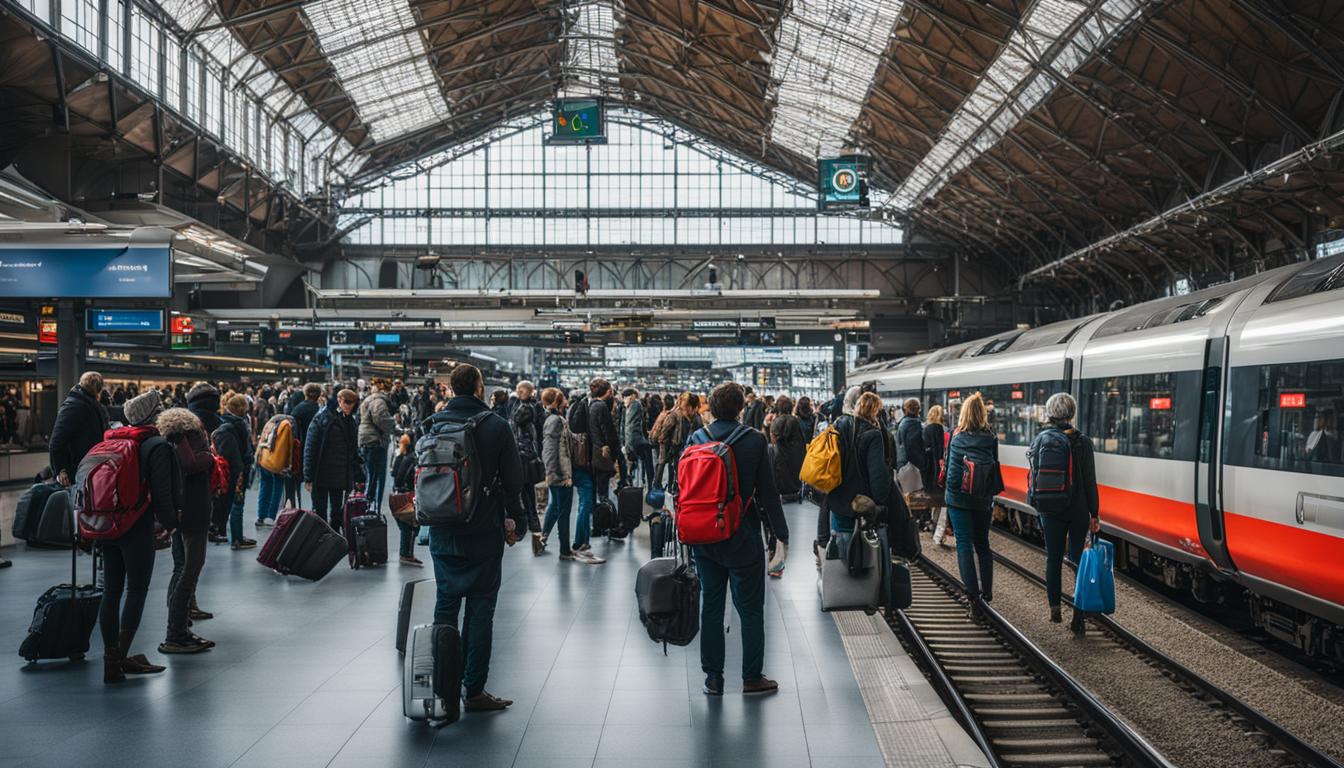Germany boasts one of the most efficient and well-connected public transportation systems in the world, making it easy for residents and visitors alike to navigate cities and regions seamlessly. From trains and trams to buses and ferries, the options are extensive and user-friendly. This guide will help you understand the public transportation system in Germany, ensuring you can travel like a local.
Types of Public Transportation
Germany’s public transportation network includes various modes of transit, each designed to cater to different travel needs:
Trains
Regional and Intercity Trains: The Deutsche Bahn (DB) operates a vast network of trains connecting major cities and rural areas. Intercity trains (ICE and IC) are fast and comfortable, making them ideal for long-distance travel. Regional trains (RE and RB) serve smaller towns and can be a scenic way to explore the countryside.
Trams and Light Rail
Many cities, including Berlin, Munich, and Dresden, have extensive tram networks. Trams are an efficient way to navigate urban areas and often have stops at major attractions. The light rail system (S-Bahn) also connects city centers with suburbs, providing quick access to nearby regions.
Buses
Buses complement the train and tram systems, filling in the gaps where other forms of transportation may not reach. They are particularly useful in rural areas and smaller towns. Local buses are generally reliable and run on set schedules, making them a convenient option for shorter trips.
Ferries
In cities like Hamburg and Berlin, ferries are an enjoyable way to travel across rivers and canals. These services often provide stunning views and a unique perspective of the cityscape. In coastal areas, ferries connect islands and provide scenic routes along the coast.
Ticketing and Fare System
Navigating the ticketing system is crucial for a smooth travel experience. Germany uses a zone-based fare system, which means the price of your ticket depends on the number of zones you travel through.
Purchasing Tickets
Tickets can be purchased at ticket machines located in train stations, tram stops, and bus terminals. Machines usually offer English-language options, and payment can be made via cash or credit card. Additionally, many cities have mobile apps that allow you to buy and store tickets on your smartphone, making it even easier to manage your travel.
Types of Tickets
There are several ticket options available:
- Single Tickets: Ideal for one-way trips within a specific zone or across multiple zones.
- Day Passes: Perfect for travelers planning to explore a city, as they allow unlimited travel for a set period (usually 24 hours).
- Group Tickets: Offer discounts for groups traveling together, typically covering up to five people.
- Regional Day Tickets: Allow unlimited travel within a specific region for one day, often at a great value.
Tips for Navigating the System
To make the most of your public transportation experience in Germany, consider the following tips:
Understand the Schedule
Public transportation in Germany operates on a punctual schedule, so it’s essential to be on time. Most trains and buses run at regular intervals, and schedules can be easily found online or via apps. Checking departure times ahead of your journey can help you plan better.
Validate Your Ticket
In some cities, you may need to validate your ticket before boarding. Look for validation machines at the station or stop. Failure to validate can result in fines, so it’s best to double-check this requirement.
Know the Rules
Familiarize yourself with local regulations regarding traveling with bicycles, pets, and large luggage. Different modes of transportation may have specific rules, such as designated areas for bicycles or restrictions on pet travel.
Germany’s public transportation system is a model of efficiency, offering a range of options for travelers to explore the country with ease. By understanding the types of transport available, navigating the ticketing system, and following a few practical tips, you can experience Germany like a local. Embrace the convenience and reliability of public transportation, and enjoy the journey as much as the destination.
